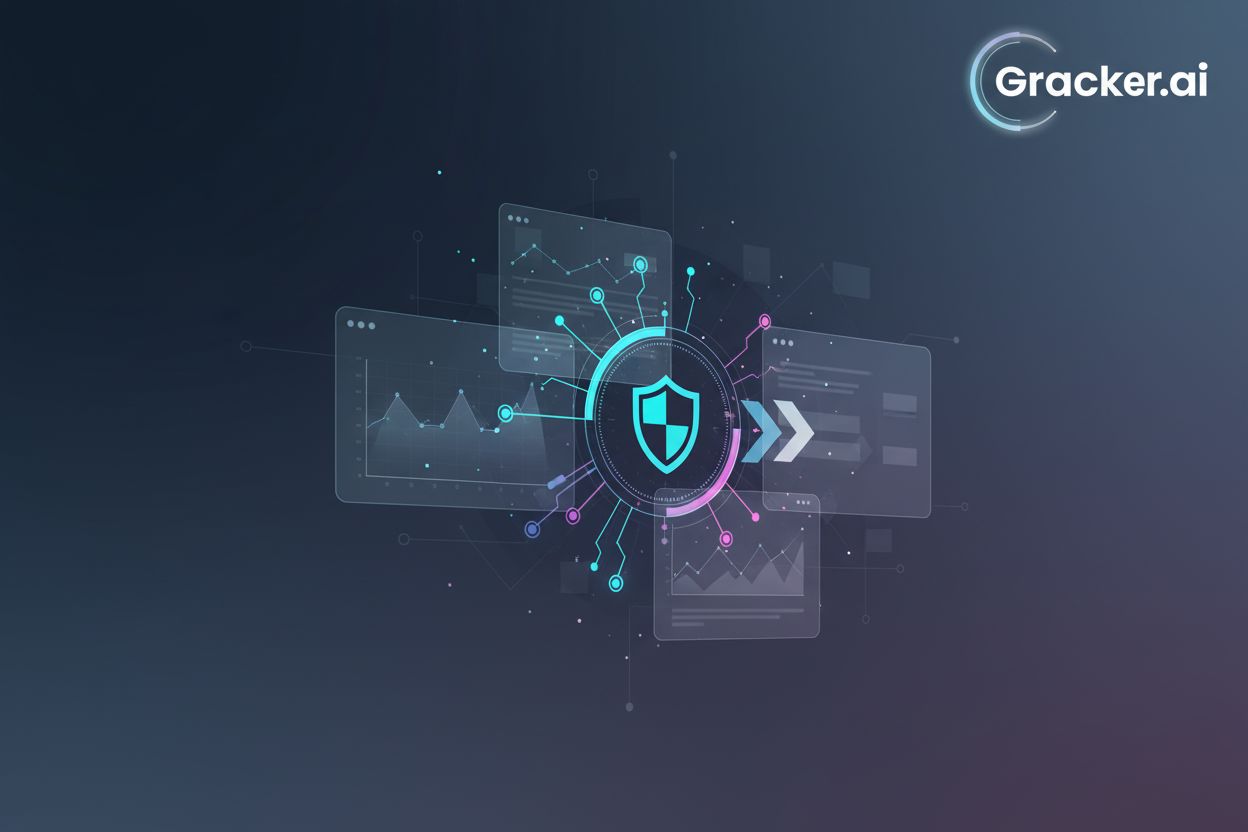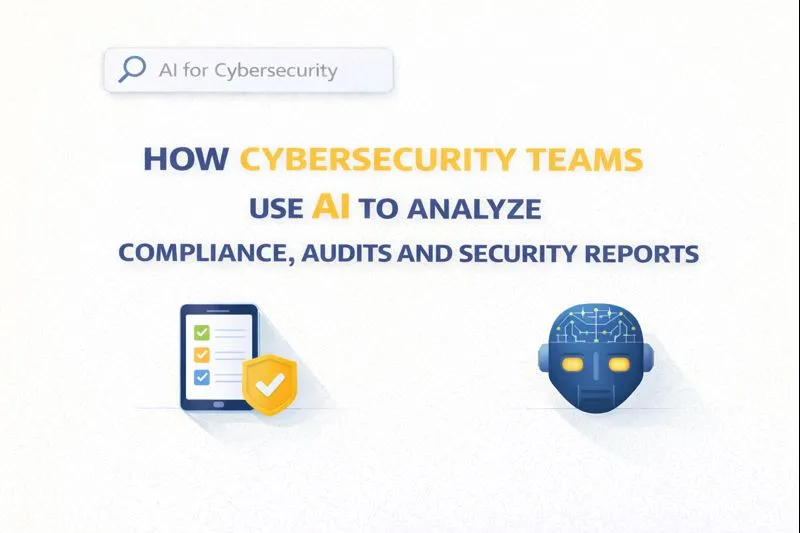How AI Tools Like MyAIWriter Help Cybersecurity Teams Create GTM Content Faster


Photo by Nubelson Fernandes on Unsplash
Cybersecurity companies face the dual challenge of explaining complex solutions while keeping up with fast-changing threats. Creating effective go-to-market (GTM) content (such as blog posts, whitepapers, product pages, and sales collateral) can be time-consuming, especially when every detail must be accurate, relevant, and aligned with brand tone. This is where AI writing assistants are transforming the process for cybersecurity marketers.
Artificial intelligence is no longer just a tool for detecting threats — it’s becoming a key driver in cybersecurity content marketing, helping teams communicate their value faster and more efficiently. Tools such as the MyAIWriter AI rewriter enable marketers to repurpose existing drafts, reports, and whitepapers into polished, SEO-optimized content in minutes, cutting production time dramatically while maintaining a consistent brand tone.
The Rising Demand for High-Quality Cybersecurity Content
As cyber threats evolve, so does the need for clear and trustworthy information. Audiences, from CISOs and IT professionals to business decision-makers, want credible, insightful content that helps them make informed security decisions. Cybersecurity brands must balance technical accuracy with accessibility, turning complex data into understandable insights that drive engagement and conversions.
But traditional content creation workflows often struggle with scale. Researching, drafting, editing, and optimizing security content manually can take days, especially for teams managing multiple campaigns or regions. The result? Missed publishing opportunities, slower GTM timelines, and reduced visibility in search results.
That’s why many marketing teams are now integrating AI in cybersecurity content marketing to automate the most time-consuming parts of content production, without sacrificing accuracy or brand voice.
How AI Is Transforming Cybersecurity Marketing Workflows
AI tools are revolutionizing content workflows by combining speed with precision. They can summarize complex reports, rewrite technical documentation, or create different content versions for distinct audiences, all within a fraction of the time human teams require.
These tools analyze massive datasets from the cybersecurity industry, learn domain-specific language, and adapt to brand tone. The result is content that feels authentic while being optimized for both readers and search engines.
Streamlining the GTM content lifecycle
AI tools can assist teams throughout the GTM cycle, from idea generation and content research to SEO optimization and localization. Instead of juggling multiple tools for keyword analysis, rewriting, and proofing, teams can now rely on unified AI platforms that do it all.
In the ideation phase, AI helps identify trending topics in threat intelligence, compliance, or incident response. For writing, it suggests engaging ways to frame technical insights. During the final stages, it ensures tone consistency, checks for factual accuracy, and optimizes readability, making it easier to publish and distribute at scale. This streamlined workflow not only reduces production time but also enhances content quality, enabling cybersecurity brands to stay ahead in highly competitive markets.
The Role of AI in Cybersecurity Content Marketing
One of the most exciting transformations happening today is the use of AI in cybersecurity marketing campaigns. By understanding natural language, AI systems can detect what resonates with readers, track performance analytics, and even recommend improvements based on real-time engagement data.
AI-driven insights help marketers understand what content best converts specific buyer personas, such as SOC analysts, CISOs, or compliance officers. This leads to more targeted, data-backed messaging that drives trust and brand authority.
AI can also assist in aligning technical documentation with thought leadership narratives. For example, AI might help a company turn its internal penetration testing reports into public-facing blog posts or whitepapers that educate potential clients while positioning the brand as an expert.
Enhancing storytelling in cybersecurity marketing
Storytelling has always been a cornerstone of effective marketing; but telling a story about something as technical as zero-day vulnerabilities or cloud misconfigurations isn’t easy. AI tools like MyAIWriter bridge this gap by helping writers simplify complex security topics without losing accuracy.
They can rewrite jargon-heavy paragraphs into clear, compelling narratives that engage both technical and non-technical readers. This clarity helps cybersecurity companies demonstrate their value proposition more effectively and differentiate themselves in a crowded market. However, tone-shifting AI could affect communication, which raises concerns about how automated rewriting tools may flatten nuance and character in writing.
Why Speed Matters in Cybersecurity GTM Strategies
In cybersecurity, timing can mean everything. Whether it’s publishing a new blog post on the latest ransomware threat or launching a whitepaper on cloud security compliance, being first often determines how well content performs.
AI accelerates this timeline by taking on repetitive writing and editing tasks, allowing human marketers to focus on strategy, storytelling, and campaign orchestration. When a new threat or vulnerability trend emerges, AI can quickly scan related reports, summarize insights, and generate publish-ready drafts that keep your GTM materials relevant.
Also, speed in GTM execution ensures consistent visibility. In an industry where credibility depends on staying ahead of threats, rapid content creation is not just a productivity boost; it’s a competitive necessity.
Reducing bottlenecks in approval and review
Traditional cybersecurity content often goes through multiple review layers — technical validation, compliance checks, and brand tone review. AI tools minimize delays by producing high-quality drafts that already meet organizational standards.
By integrating AI content generation for cybersecurity, teams can ensure every piece of content passes quality checks faster, with fewer revisions needed. This enables smoother collaboration between marketing, technical, and executive teams. When AI handles the heavy lifting of formatting, tone adaptation, and factual alignment, GTM content can be finalized and launched in days instead of weeks.
Human-AI Collaboration: The Ideal Model
Despite all its advantages, AI is not replacing human marketers; it’s enhancing their creativity. The most effective cybersecurity content teams use AI as a co-pilot rather than a substitute. Writers still provide the strategic direction, tone, and emotional intelligence that machines lack. Editors validate technical details, ensuring that AI-generated text aligns with company policies and real-world accuracy.
Meanwhile, AI continuously learns from human feedback, improving its future outputs. This synergy between human expertise and machine efficiency leads to the best results: scalable, consistent, and high-performing cybersecurity content that supports rapid GTM execution.
Building trust through responsible AI usage
Trust is vital in cybersecurity marketing. Teams must ensure transparency in how AI is used in content production, clearly communicating when content has been AI-assisted. This builds credibility and sets realistic expectations with clients and stakeholders.
Responsible adoption also includes maintaining strict data privacy and avoiding overreliance on automation. When used ethically, AI helps teams scale responsibly while keeping the human touch that audiences expect from credible cybersecurity brands.
Looking Ahead: The Future of AI-Driven Cybersecurity Marketing
As AI continues to evolve, its integration into cybersecurity marketing will only deepen. Future tools will likely combine content creation with predictive analytics, allowing teams to forecast what topics will dominate before they even trend.
Imagine a marketing ecosystem where AI tracks new threat reports, predicts what clients will be searching for next week, and automatically drafts content tailored to those emerging needs. That future is closer than many think.
For cybersecurity companies seeking to stay ahead of the curve, adopting platforms like MyAIWriter today is a smart investment. By merging the precision of AI with human insight, these tools empower teams to communicate faster, more clearly, and more persuasively in an industry where timing and trust are everything.




